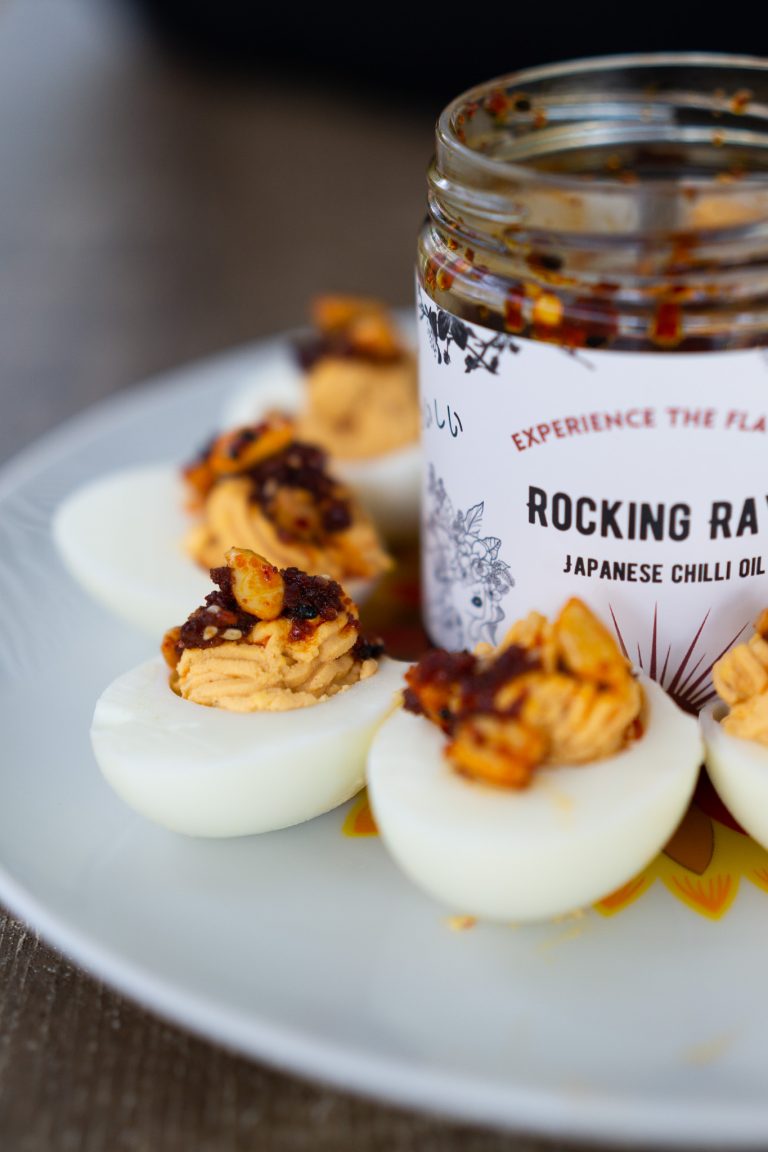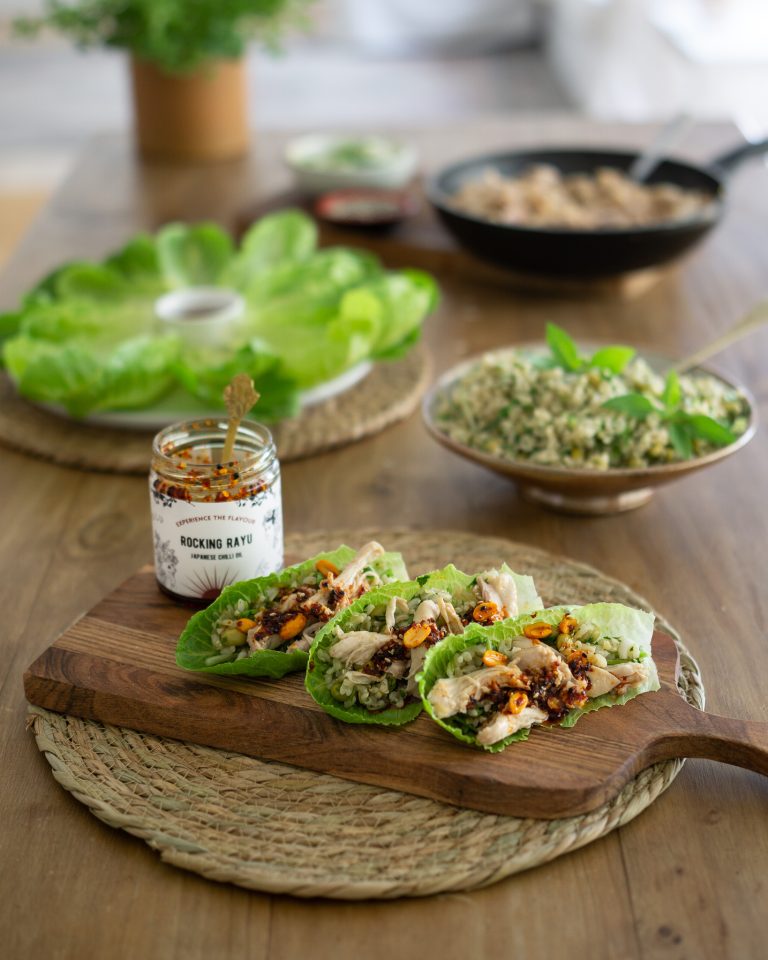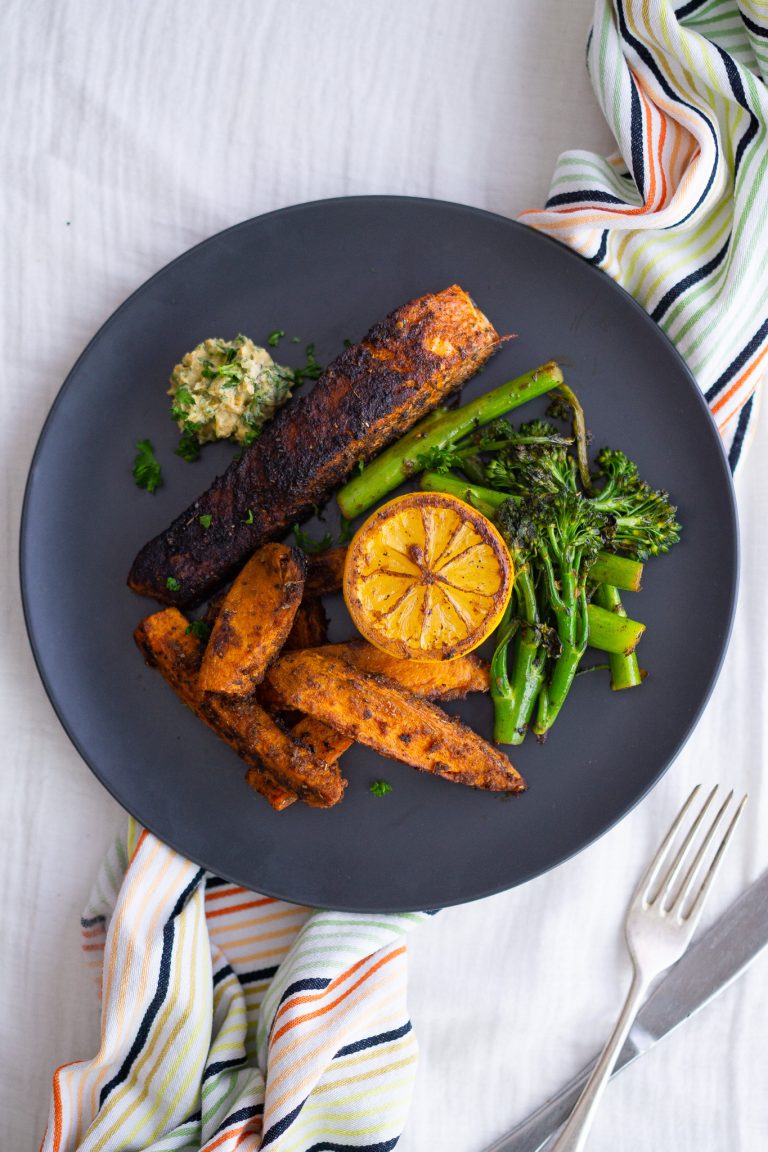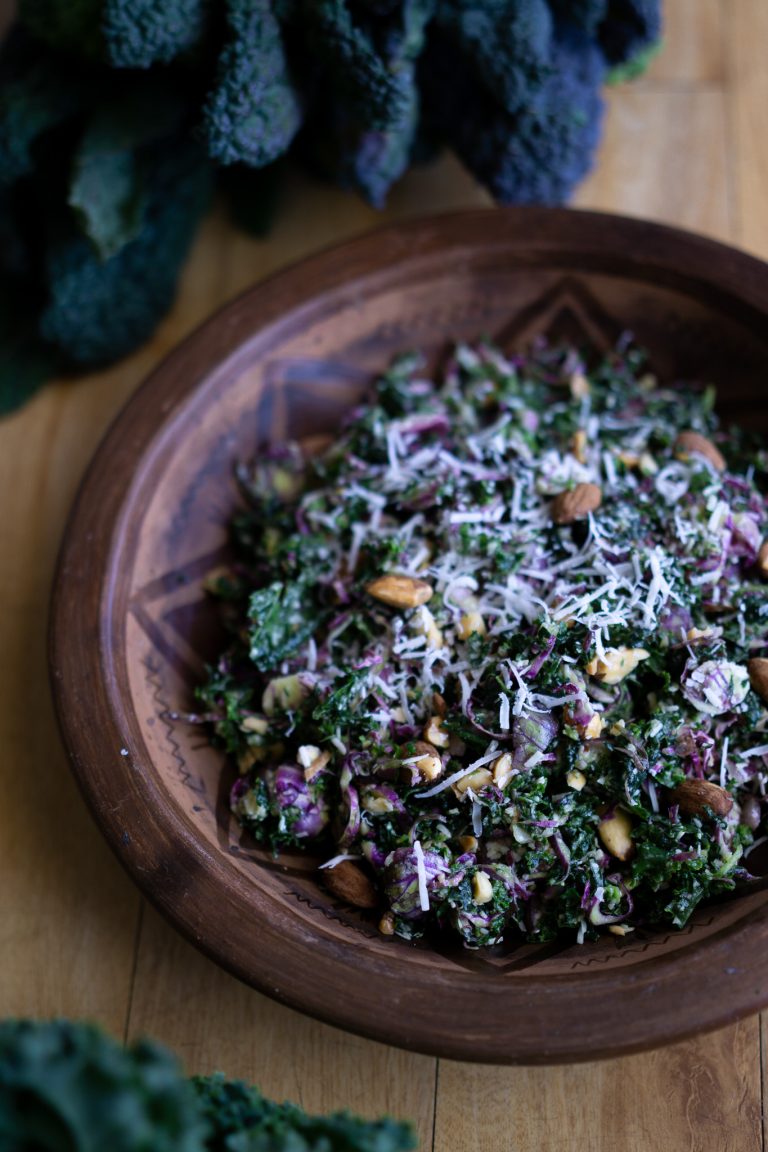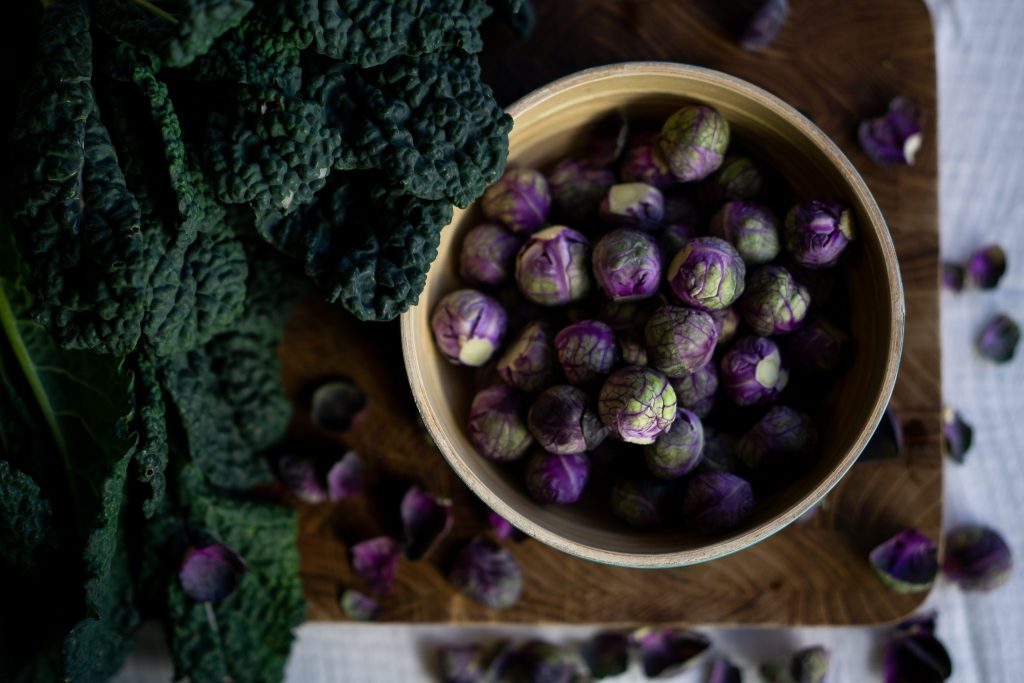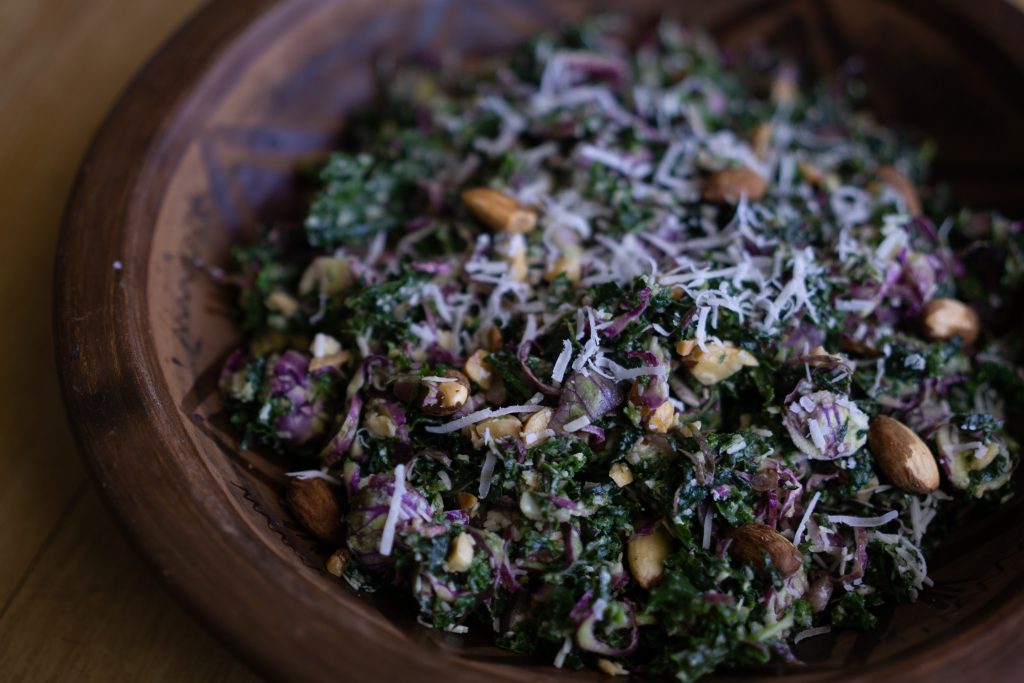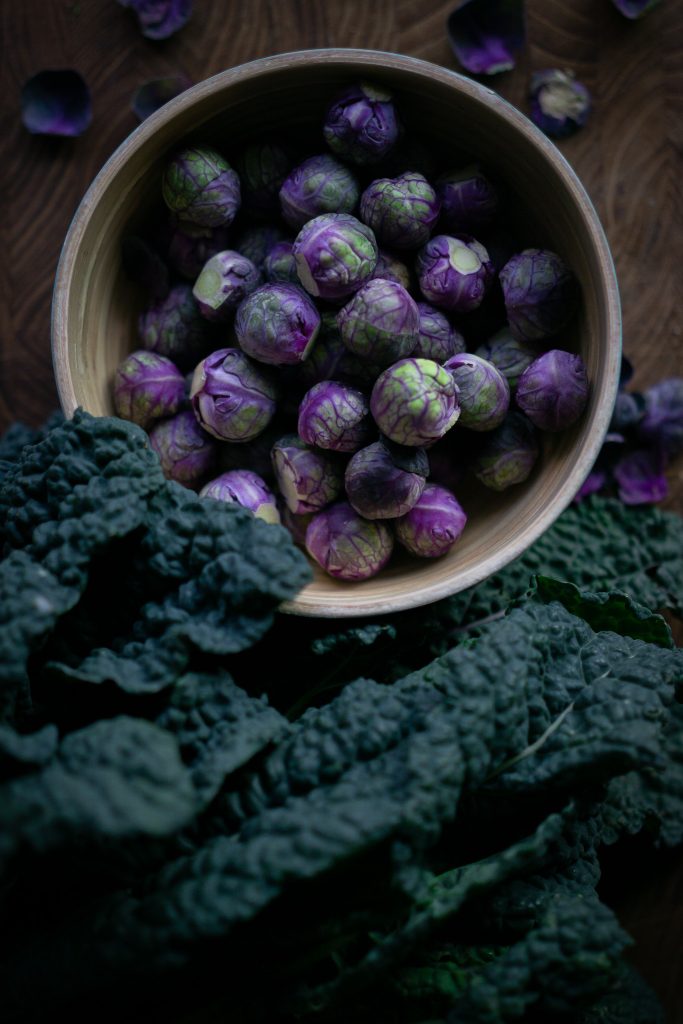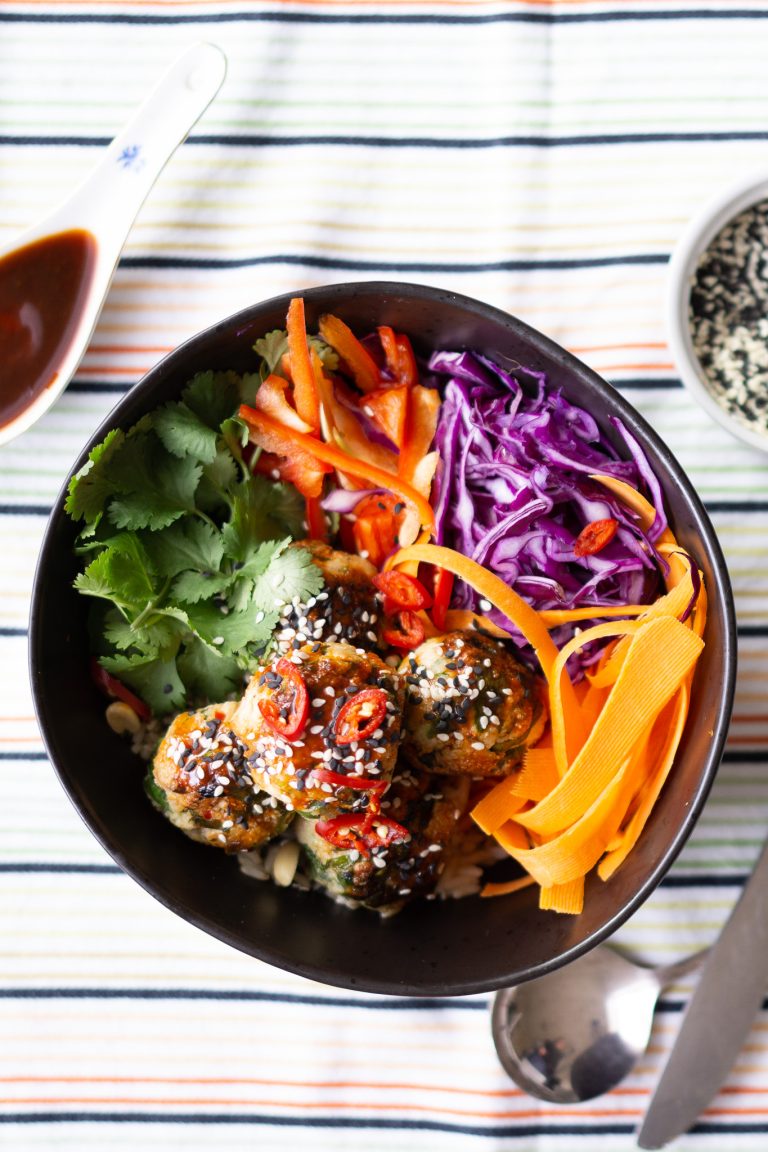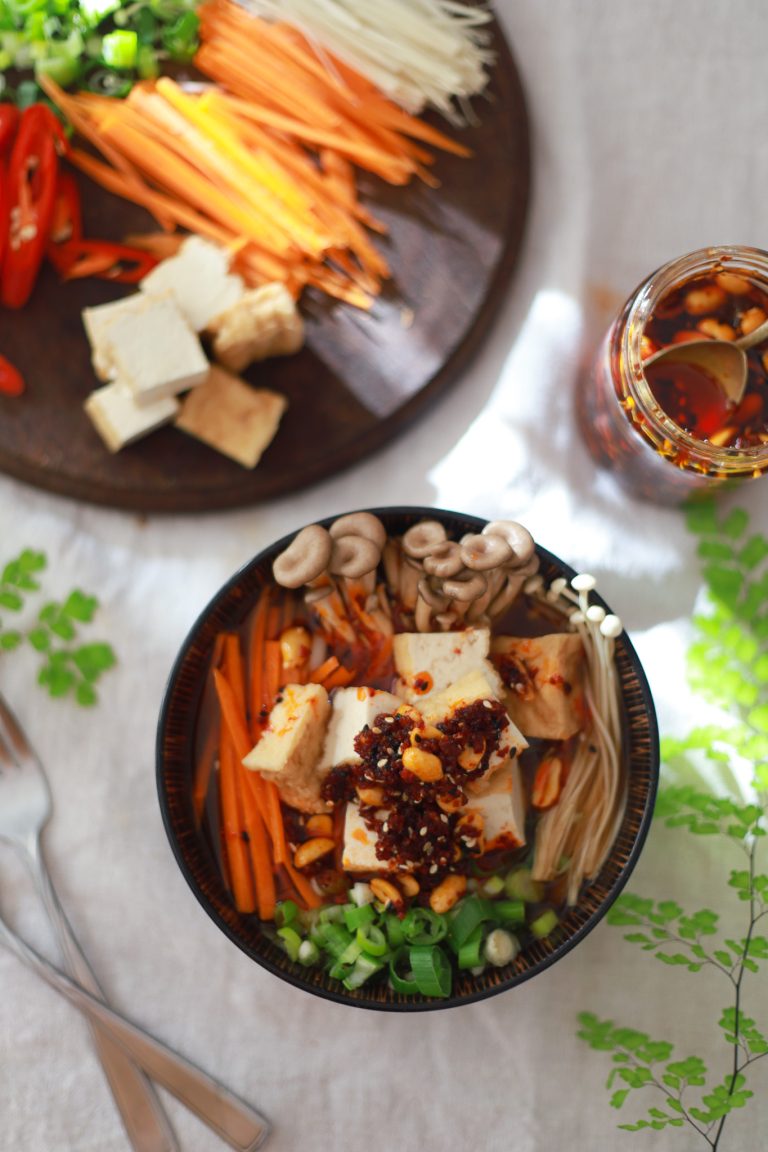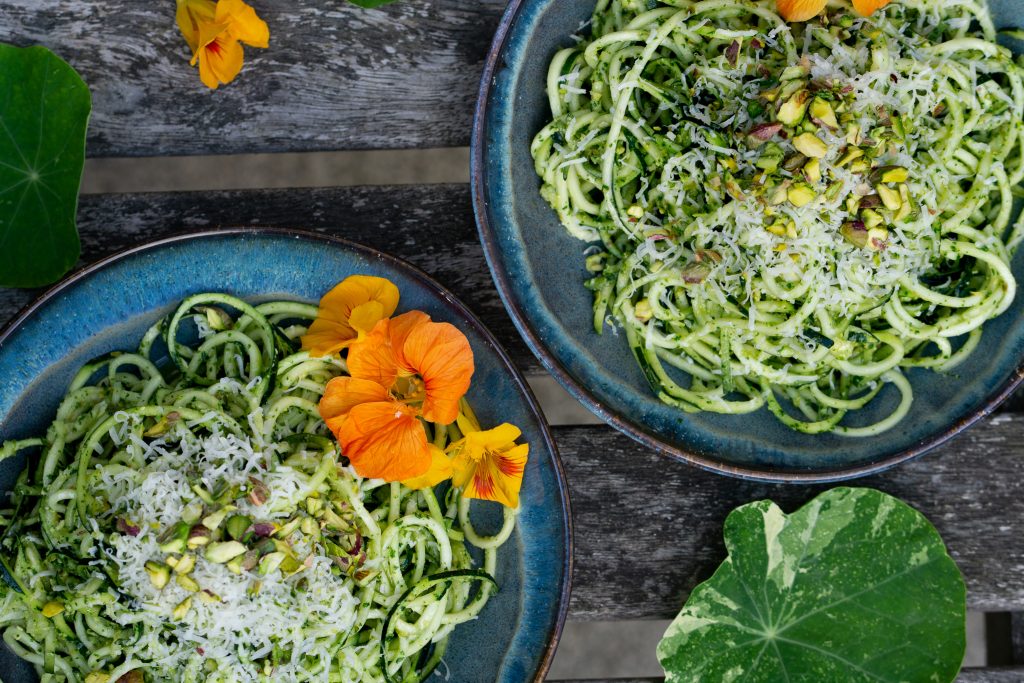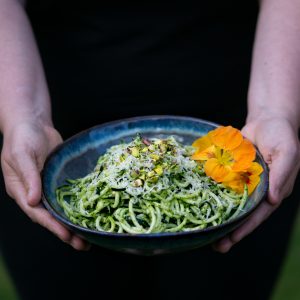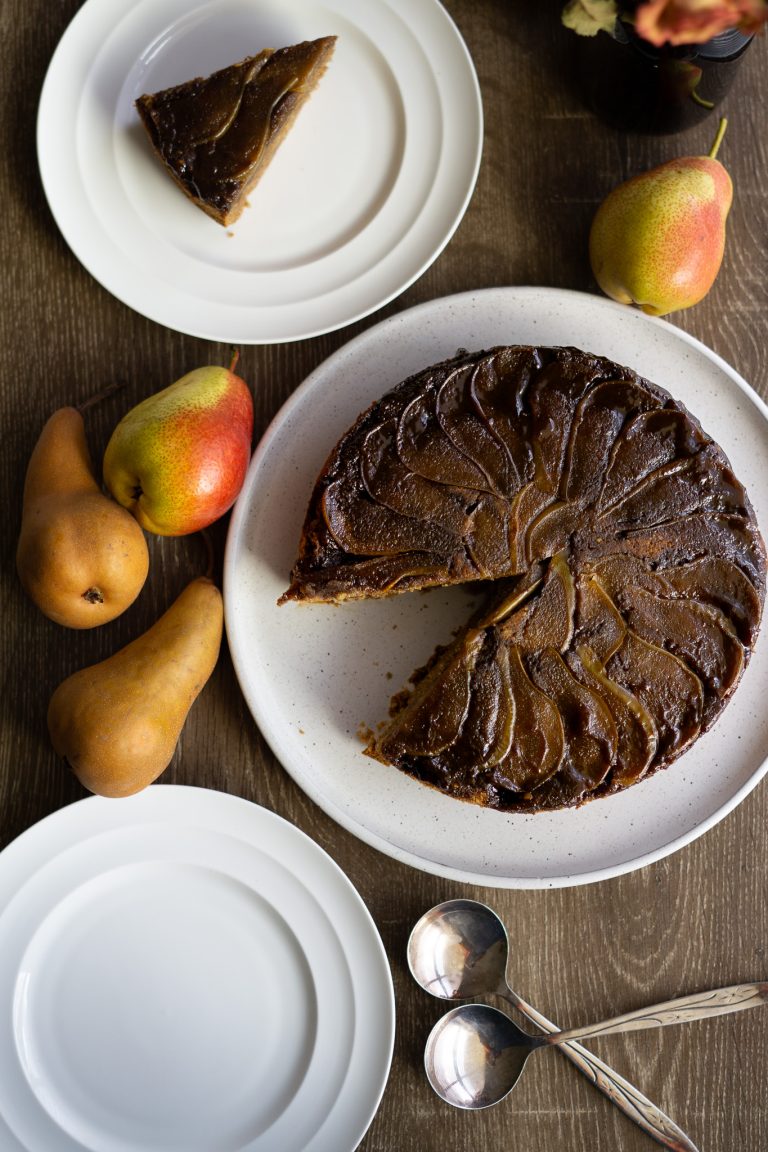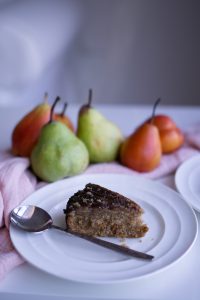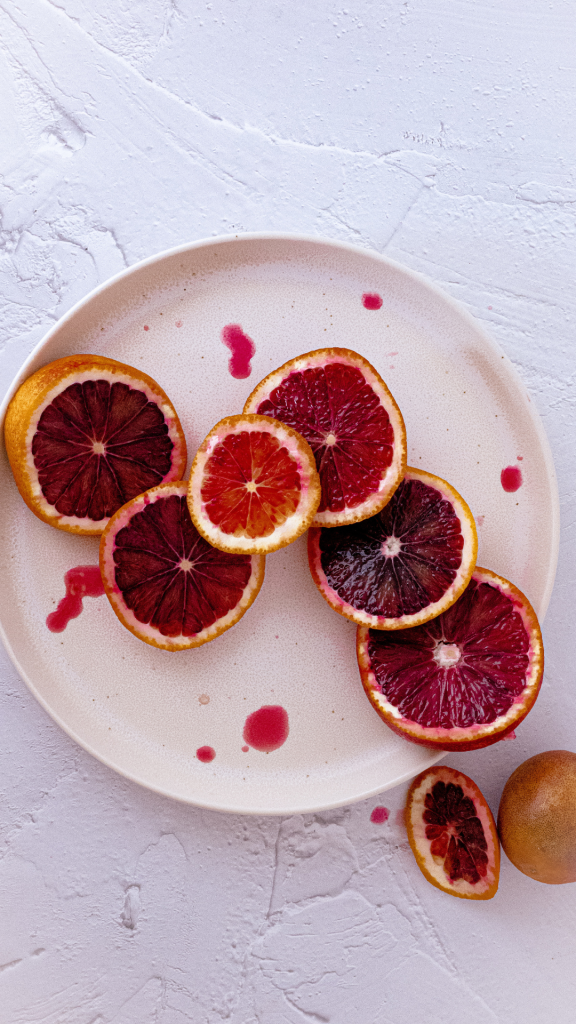This Incredible Hazelnut and Caramelised Pear Cake is a stunning baked treat that combines the nutty flavor of hazelnuts with the sweet and warming taste of sugary spiced fruit. Perfect for any occasion, be it a family gathering, a dinner party or a cheeky afternoon tea. With its rich, moist texture, and topping of perfectly caramelised pears, when served warm with a dollop of ice cream or whipped cream, it’s basically the ultimate comfort food… and it even gives the traditional old sticky date pudding a run for its money. There, I said it, #noremorse… but I promise you I can actually back it up!
This recipe is super easy to follow and requires simple ingredients that are sure to be already available in your pantry. You can also customize the cake according to your taste preferences by adjusting the sweetness level or with the addition of syrup or caramel sauce at serving time. *Insert chai-spiced syrup recipe here* (I will absolutely get around to this one day… sure I will…)
Little actions make the bake..
Every time I bake, I think of my grandmother Joyce, the wife of a WWII soldier, a mother of 3 children and the primary cook in their household for almost 75 years. I remember her second cupboard full of canned goods and sundries designed to ensure the family would never go hungry and that they were always prepared for a rainy day. I remember her always making time to bake with me and the first time we made a chocolate cake together. I remember being in her kitchen and her insisting on using the electric beater to cream the butter and sugar until it was pale before adding the other ingredients. And I remember her talking about how fast a wooden spoon falls in the cake mixture as a measure of whether the cake will be moist enough or not.
These little tips and tricks were so seemingly innocuous at the time, but years later, they are still the most valuable pieces of advice she ever gave me – and in the making of this cake mixture, they were absolutely invaluable.
Bake it your way…
Whether you make it gluten-free, dairy-free or neither, in order to create its incredible fluffiness and moistness, one important step is absolutely essential: You gotta beat, beat, beat that butter and sugar baby, and continue beating with your eggs. I’ve failed this cake by skimping on this critical step and I can guarantee that whilst the stodgy version was still in its own way delicious, it just isn’t as satisfying as melt in the mouth experience that’s created with the pillowy consistency you can get just by making sure of this one simple step.
Cake nummy.
Darcy – 2 years old
The best part about this recipe is that it truly tastes just as good without the allergens… I’ve made this both gluten- and dairy-free and no one was the wiser, and honestly, I actually preferred it! But, most home cooks won’t have all the GF & DF ingredients to hand so I made this version with regular flour so nobody would miss out on the deliciousness. But, feel free to substitute away. I also think this cake lends itself well to wholemeal, spelt or buckwheat flour.
Also check out: Healthy date bars
How to pick the right pear for the cake
When it comes to picking pears, most regular Australian varieties will do for this recipe, but notably, not all pears are equal when it comes to baking. The most important consideration for this bake is getting the right level of caramelization, and contrary to what you’d think, it does help to use a harder-eating pear like the beautiful Red Corella – it holds its shape and seems to crisp up better.
That said you will also get the same type of results from a bog standard Packenham or Williams as long as they are properly ripe or overripe – you’ll just have a less firm result in your pear topping. But still equally as delicious when caramelized.
If you’re looking for the best pears for baking in Australia, here are five varieties to consider:
- Packham: This is the most commonly used pear for baking due to its firm texture and sweet taste.
- Beurre Bosc: This pear has a slightly spicier flavor than the Packham and is also firm enough for baking.
- Corella: This pear has a softer texture when ripe, making it ideal for use in cakes and muffins.
- Josephine: This pear has a sweet and juicy flavor and holds its shape well when baked.
- Williams: This pear has a soft texture and is best used in recipes that call for cooked or poached pears.
Baking the perfect fruit cake
Something I really love about this recipe is that it goes with the flow, meaning that it’s an acknowledgment that no matter whether you coat your fruit in flour or try one of the many other suggested tricks out there, it’s likely that some of your fruit will sink to the bottom of your cake mixture… *insert eyebrow lift here* So why not put it on the bottom in the first place and use the fruits natural tendency to caramelise to your advantage? Personally, I think it’s a little stroke of genius!
When you are baking with fruits there are always a few things to be mindful of, however:
- Make sure to choose fruit that is ripe but still firm, as overly ripe fruit can become too mushy during baking.
- Consider using a variety of fruits for added complexity of flavor, some varieties of pears are more spicey or floral than others.
- This recipe doesn’t call for it, but in some cases, you will need to balance the sugar in your recipe based on the sweetness of the fruit you are using.
- If you do decide to get creative and add some pear pieces to your bake, be mindful of the water content of the fruit and adjust accordingly, as too much liquid can affect the texture of your baked goods and your cooking time.
Ingredients: A run through
Since this is one of those fairly basic cake bases, most household ingredients will do but some tricks I’ve learned include
Flour: I’ve used a potato starch and rice combination for the gluten-free flour when baking sans gluten… I find this preferable to using a completely rice-based flour and it also is less gritty. I’ve also used just plain old regular flour for this recipe and had great results too. I do think you can get away with a denser spelt or wholemeal flour for this recipe too due to the consistency of the final bake.
Sugar: I’ve actually used both rapedura and coconut sugar for my brown sugars and they both give great results. It is essential to use the caster sugar however for the cake mix itself otherwise your batter won’t whip properly (as I found out!)
Butter: It’s perfectly fine to use unsalted butter in this batter, I just always use what I have on hand which is always salted because I’m a flavour fiend (in case you hadn’t noticed). That said I’ve also used Nuttlex and had amazing results, so you can happily make this cake dairy-free without any worries about the effect on its consistency.
Eggs: As always I prefer eggs from pasture-fed chickens, there is an actual method to the madness here. Chickens should normally have a diet of up to 80% insects and when they are fed on grains alone they just don’t get the same nutrients that wild-farmed chooks get, which affects the flavour of the egg-yolk – no I’m not yolking around!
Spices; I used my pantry staples on this one, but I do remember being in a cooking course in Morocco and being told that store-bought spices were culinary blasphemy because they essentially “taste like sawdust” so if you are a purist like this lady, feel free to blend your own. That said, you may want to cut down on the quantity because it’s likely that fresh is going to be far more full power than my pantry staples…
This recipe is most definitely a sensation. I really hope that you try it, and please do not do yourself a disservice and go without the finishing touches. Sit down, put your feet up and serve it warm with ice cream and my chai spiced syrup.(I promise I’ll get onto this soon…)
The Incredible Hazelnut and Caramelised Pear Cake is a delicious dessert that combines the nutty flavor of hazelnuts with the sweet and juicy taste of caramelized pears. This cake is perfect for any occasion, whether it's a family gathering or a dinner party
For the caramel pears
- 4 whole pears (sliced evenly around 5mm)
- 75 grams unsalted butter
- 1/2 cup brown sugar
- 1 tsp ginger powder
- 1 tsp cardamom powder
For the cake
- 180 grams butter
- 200 grams caster sugar
- 100 grams brown sugar
- 3 regular eggs
- 250 grams flour ((gluten-free works fine))
- 100 gram hazelnut meal
- 1 1/2 tsp baking powder
- 1 tbsp cardamom powder
- 2 tbsp cinnamon powder
- 1 tbsp ginger powder
- 1 tsp all spice
- 1/8 tsp clove powder
Preheat an oven to 180°C (350°F).
Grease and line the base of a 26cm (10.2 in) cake pan with baking paper.
Increase and line the base of a 26cm (10.2 in) cake pan with baking paper.
Layer the sliced pear in the cake tin in a spiral pattern. Pour the sugar mixture over the top of the sliced pears
In a mixer, add the butter and caster sugar. Beat until light and fluffy.
Beat in the eggs one by one.
Sift together the flour, baking powder, spices, and hazelnut meal. Gently mix into the wet ingredients while also slowly pouring in the milk.
Pour cake batter into the prepared cake tin.
Bake in the oven for 1 ½ hours or until you can get a knife to come out clean from the centre of the cake – I check it from 1 hour onwards.
Allow to cool for 5 minutes in the cake tin.
Remove from tin and allow to cool.
Serve & Enjoy.
Did you make this recipe?
Lovely. Now let me know how you liked it. Tag me @thetastyspoonful on Instagram or send us a message on Facebook @ The Tasty Spoonful
While I have you here, may I suggest you try these next:
Until next time. Keep following, liking, sharing, commenting and cooking, and may your every spoonful be tastier than the last!


